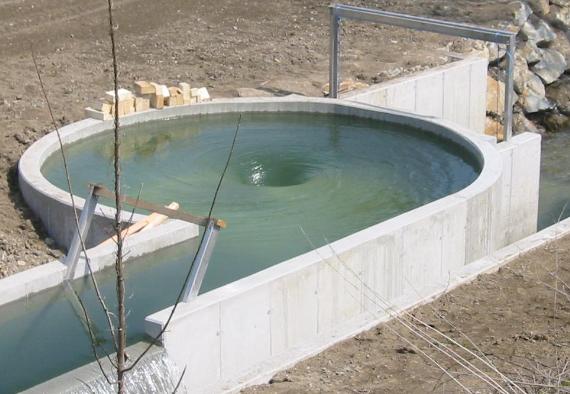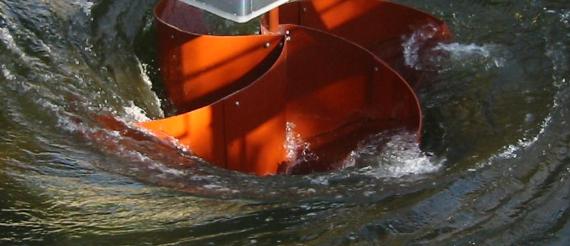Valve Stuck...
Ted,
I'm not sure bigger springs are going to help. I think that as soon as the valve closes on one side, a vacuum starts developing behind it as water leaves the nozzle. This is what holds the valve shut. Your design might have to incorporate a way to break the vacuum to accomplish what you are trying to do.
By the way, awesome project!!!
Peter
Ted,
I'm not sure bigger springs are going to help. I think that as soon as the valve closes on one side, a vacuum starts developing behind it as water leaves the nozzle. This is what holds the valve shut. Your design might have to incorporate a way to break the vacuum to accomplish what you are trying to do.
By the way, awesome project!!!
Peter










Comment